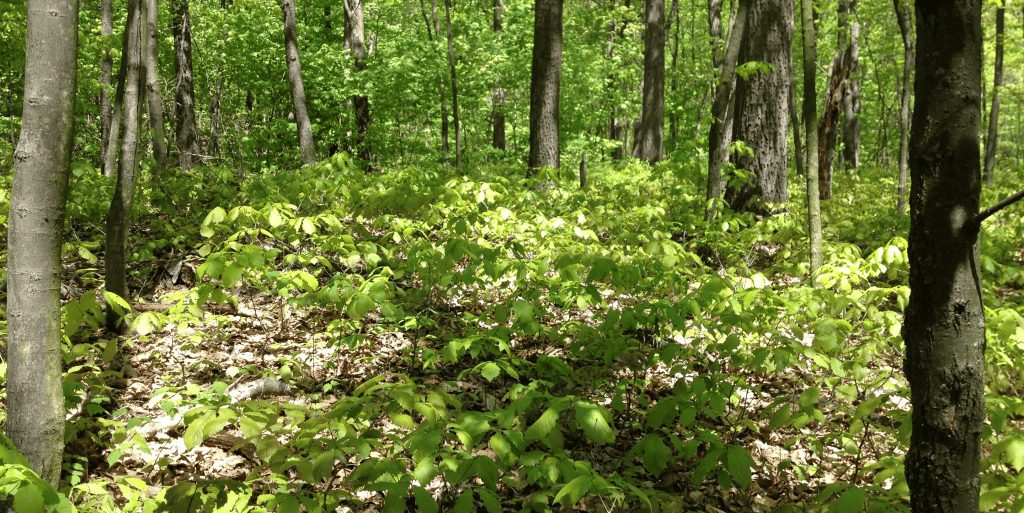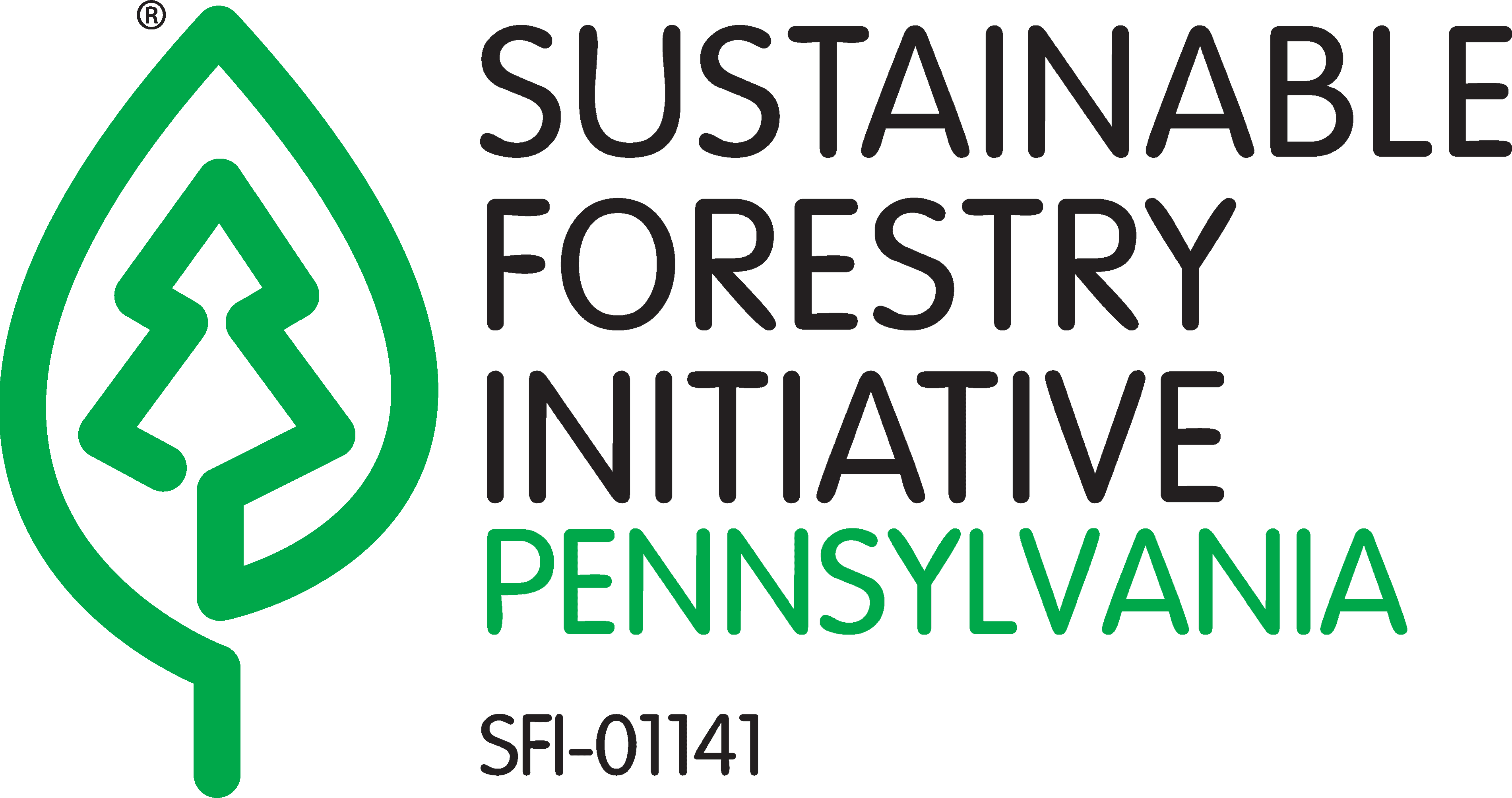
FOREST OPERATIONS >> FOREST REGENERATION
Concern for the immediate regeneration of new trees is the most significant difference between sustainable forestry and exploitative logging. Sustainable forestry requires focusing on perpetually growing new trees, and not losing the types of trees that grow in that forest in the process. In most cases, regeneration of hardwood forests from seed and sprouts will occur naturally if planning is done prior to a harvest. However, many factors can affect forest regeneration. In many areas of Pennsylvania, landowners will have to address interfering plants, high deer populations, and other factors.
It is important to realize that regenerating a forest is a process, not an event. That is, harvesting does not always lead to successful regeneration – it takes planning, care, and investment to ensure an adequately stocked forest for the future. A forester can advise you on developing a regeneration plan and should be consulted before a timber sale contract is written.
The PA SFI Treatment Unit Sustainability Assessment Form provides forest landowners with a tool to assess their current forest condition, develop a desired forest condition, and evaluate the results of their harvesting operation. It also provides meaningful data concerning the measures taken to ensure successful regeneration of harvested sites (refer also to “Managing Timber to Promote Sustainable Forests” under publications on this website).

ADDITIONAL RESOURCES:
- Understanding Forest “Regeneration [Video]
- Forest Regeneration Assessment Series
- Assessing and Promoting Successful Regeneration in Your Woodland [Webinar]
- Pennsylvania Woodlands No8: Principles of Silviculture
- Forest Stewardship: Regenerating Hardwood Forests: Managing Competing Plants, Deer, and Light
- Timber Harvesting Essentials: Managing Competition, Deer, and Light [Video]
- Regenerating Hardwood Forests: Managing Competition, Deer, & Light [Webinar]
- The Impact of Deer on Forest Vegetation in Pennsylvania
- How to conduct a deer impact survey
- Assessing & Mitigating Deer Impacts on Woodlands [Webinar]
- Fencing for Forest Regeneration – Does it Pay?
- Regenerating Hardwood Forests [Webinar]
- Forest Management and Regeneration [Webinar]
- Pennsylvania Woodlands No10: Hardwood Management for Economic Return
- Northeastern Forest Regeneration Handbook
- Jump to Controlling Insects, Disease, Invasives, and Fire

